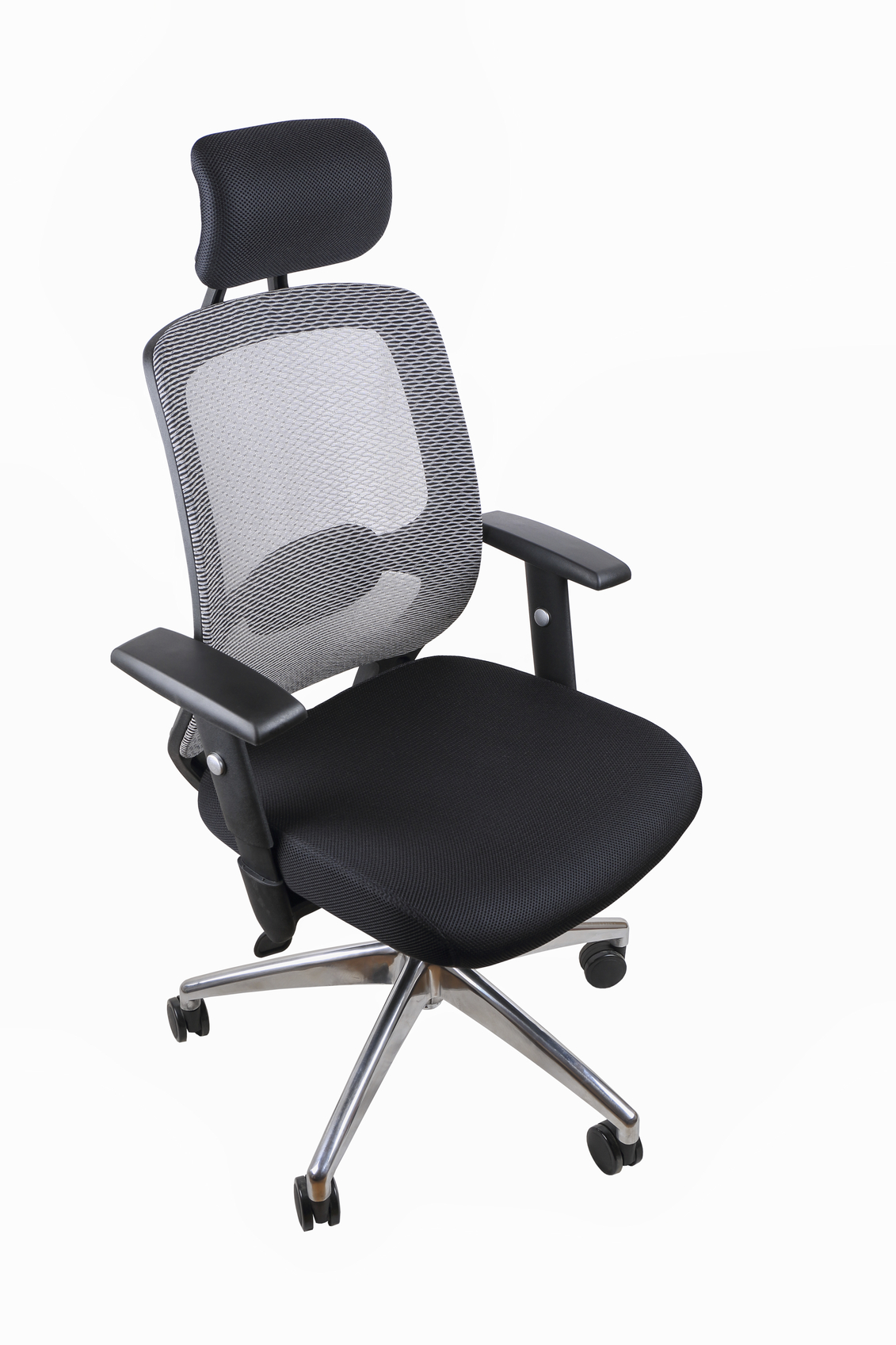Introduction
Ergonomics in the workplace is not a novel concept. It can be beneficial for all workers to have a workstation that is set up in an ergonomically correct way to prevent common workplace injuries, like carpal tunnel, or to ensure that those with disabilities and medical conditions are able to continue working. Part of an ergonomic workstation set-up can include an ergonomic chair. But many chairs are advertised as being “ergonomic,” even though they have different designs and specifications.
Employers may have a difficult time discerning what is really needed when an employee requests an ergonomic chair for a back condition, for example. When multiple employees request ergonomic chairs, it can be confusing and time consuming for the person in charge of accommodations to process requests in a way that both complies with Title 1 of the ADA and ensures that employees are getting what is really needed. The following questions and answers address best practices when employees request ergonomic chairs in the workplace.
Q1. If an employee asks for an ergonomic chair, can we ask for medical documentation?
According to the EEOC, when an employee requests an accommodation and the disability and need for accommodation are not obvious, the employer can request a limited amount of medical documentation to substantiate that s/he has an ADA disability and needs the reasonable accommodation requested.
If an employee indicates that an ergonomic chair is needed due to a medical condition, and ergonomic chairs are not provided to all employees as a benefit of employment, the employer can ask the employee to provide medical documentation to support the request, assuming the disability is not obvious. An alternative option could be for the employee to complete ADA accommodation documentation that the employer has developed. Employers and employees can find sample medical inquiry forms and accommodation request forms developed by JAN.
Q2. What if the medical provider indicates that a specific chair is being requested?
An employer ultimately determines what accommodation will be provided and has the ability to choose among reasonable accommodations as long as the chosen accommodation is effective. So, as part of the interactive process, the employer can offer alternative suggestions for types of chairs and discuss how the chair could be effective. If there are multiple chairs being considered, the employer may choose the less expensive option, again providing that the chair purchased is effective. The EEOC has said that if more than one accommodation is effective, "the preference of the individual with a disability should be given primary consideration. However, the employer providing the accommodation has the ultimate discretion to choose between effective accommodations.”
Q3. Are there alternatives to providing the ergonomic chair?
It depends. In some cases an employee may need additional support when sitting, which could be provided by adding a lumbar cushion or seat cushion. An ergonomic assessment could be performed to ensure that the chair being used is placing the employee in an ergonomically correct seating position. Other accommodations for sitting could be explored, depending on the need of the employee. However, for some a new chair may be the accommodation need to focus on. JAN has a list of some vendors that provide ergonomic and adjustable office chairs.
Q4. What else can we consider to address these types of requests?
While a request for equipment, such as an ergonomic chair, can be straightforward, there may be other factors for an employer to consider if experiencing an increase in accommodation requests. Questions to consider include: Would it be beneficial to have ergonomic assessments completed for all employees on a regular basis as a benefit of employment? Is it time to update office furniture and get rid of chairs that have been used for years? Is it necessary to treat all requests for ergonomic chairs as accommodation requests? Or can there be a policy around requests for chairs that offers updated equipment as a benefit of employment to all employees? Some employers find that taking proactive measures can not only help to prevent workplace injuries, but also streamline requests for equipment that might have otherwise gone through the general ADA process. Of course, what works for one employer may not for another. But keeping an open mind about changes that could be made in policies and procedures could be beneficial for both employees and those in charge of handling accommodation requests.


